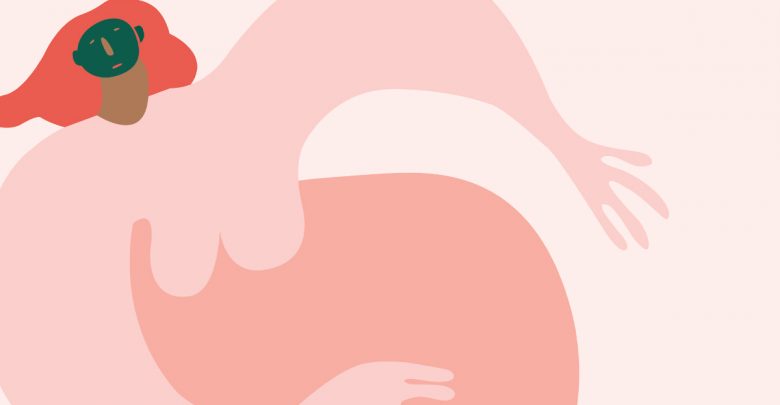 Jessica Tang
Jessica TangBody positivity: two little words that have taken the internet (and the world) by storm. While the movement is not without controversy, its acceptance is growing, especially in the corporate sphere. Everywhere you turn, another company is using body positivity to market their goods. After all, the more demographics companies have to target their products to, the better.
In a world where 80 to 90 per cent of women and girls in Canada feel unhappy with their bodies, it may seem like stamping “beautiful” on everything we once deemed ugly is the answer. Beauty is humanizing. Beauty makes you worth something.
But it shouldn’t. We can change who is considered “beautiful” and who isn’t, but the concept of beauty remains a weapon of mass destruction. A bomb is a bomb, no matter what its target is or what causes it to detonate.
Throughout history, we have ranked bodies based on aesthetic reasons. This is particularly true for women – from full-figured premodern sculptures to the much slimmer look of the 90s, women’s bodies have gone in and out of fashion like different styles of dresses. As the revolving door of history brings different bodies into and out of the spotlight, we assign value to them — and by extension, the people they belong to — based on whether they meet the beauty standards of the time.
When certain bodies are devalued, the everyday person suffers. An all-too-common example of this suffering is that of plus-size women, especially when trying to access medical care. The same medical system that claims to help people live their healthiest lives often punishes women if they fail to meet conventional beauty standards. By this, I don’t mean doctors and patients having an open and respectful dialogue about weight and how it can impact your health. I’m talking about a widespread lack of basic respect for fat people (and especially women) as human beings. I’m talking about an explosion of suffering that has sent shockwaves across our society.
In 2018, a BC woman named Ellen Maud Bennett made headlines when her obituary called out doctors for failing to adequately treat her. For years, Bennett felt unwell, but couldn’t pinpoint why. She sought the counsel of multiple doctors over a period of years, and none of them offered any suggestions beyond weight loss. By the time her true condition — a cancerous tumour — was discovered, it was inoperable and she had mere days to live.
Bennett’s story is hardly unique: a 2015 study in the medical journal The Lancet found that people of size are less likely to receive screening tests, and doctors stereotype fat patients as less cooperative and more likely to ignore medical advice. Unsurprisingly, this discrimination has a gendered component: 59 per cent of women in a 2009 study reported being shamed by doctors compared to 39 per cent of men. A high Body Mass Index is moralized, and the way fat women are treated by the medical system reflects their position as “less than” in the eyes of society.
Try as it might, the body positivity movement as it is now cannot save fat women from this nightmare, because it’s far too focused on altering an inherently corrupt system instead of addressing the problems that created that system in the first place. Sure, fat women might find themselves in a higher position on the hierarchy if the right pieces fall into place, but as we’ve seen before, “beauty” is a fleeting blessing for any given body type. Soon enough, fat women could be right back where they began, at the bottom of the heap, with no real ground gained.
The thing about beauty is that it cannot exist on its own — without ugliness to compare it to, beauty has no meaning. Being “beautiful” is always at somebody else’s expense. If the aim of the body positivity movement is to uplift all bodies, the beautiful/ugly dichotomy is the wrong tool. Rather than simply choosing a new target to call ugly, we need to defuse the bomb and scatter the pieces. If we don’t, we are doomed to repeat the same narrative that we are trying so hard to break out of.




